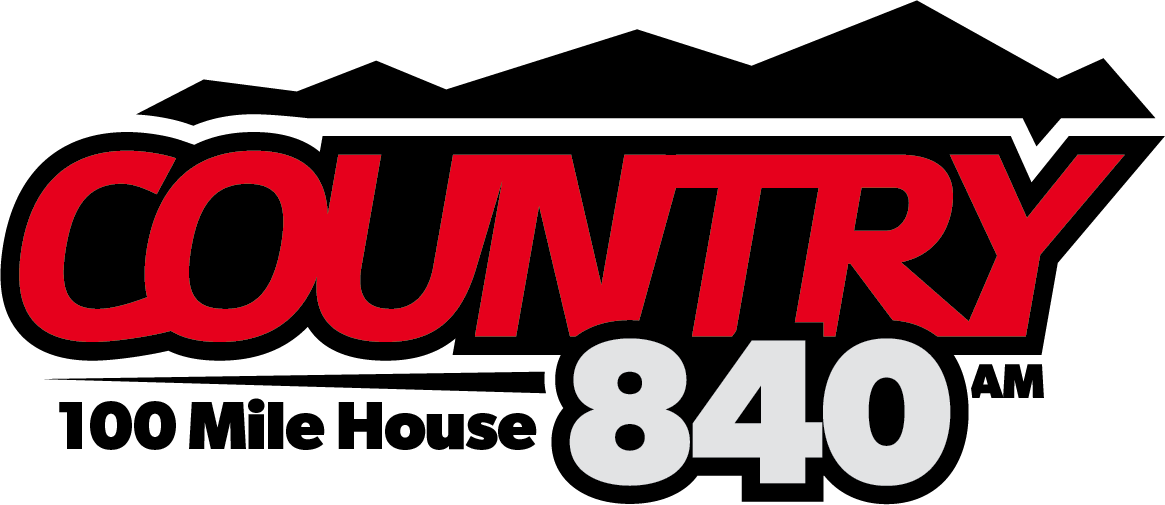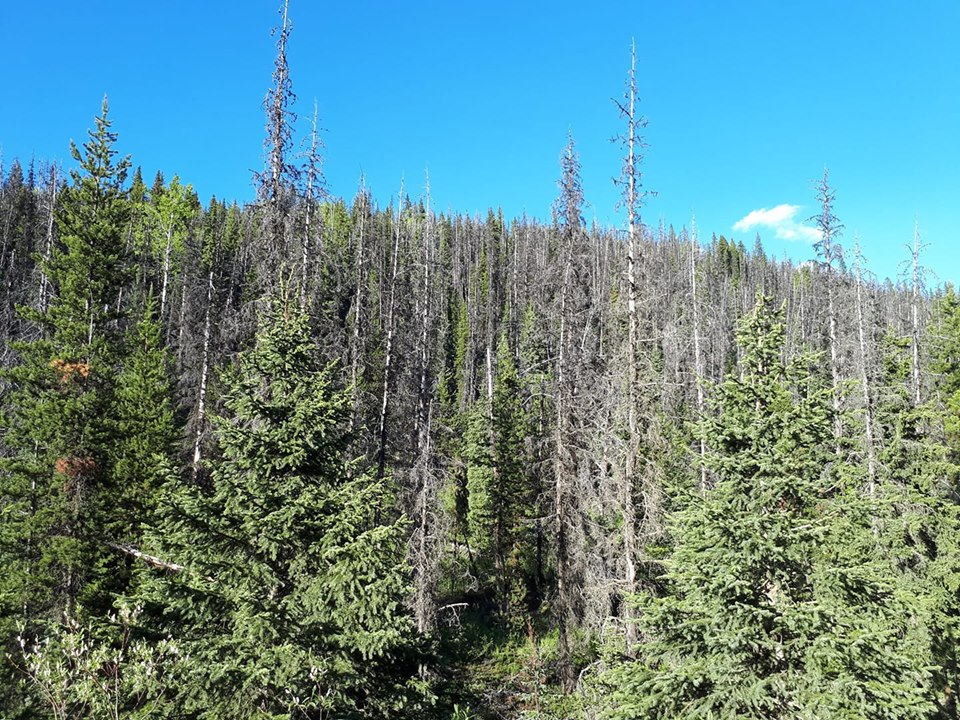There is still a lot of work to do but Mayor Bob Simpson says Quesnel has never been closer to finally getting a community forest.
He says the City has had a number of opportunities in the past, dating back as far as 1997, but he says they’ve never come this far…
“We’ve never been at the point where a specific allocation and a specific informal invitation from the Minister has been issued, and then that led to a meeting of all of the invitees, so there is four First Nations communities, the Cariboo Regional District and the municipality of Quesnel have sat down together and we’ve agreed that we are all interested in participating in a community forest.”
The First Nations partners are Esdilagh, Lhtako Dene, Nazko and Lhoosk’uz or Kluskus band.
Simpson says the next step is to get a formal invitation from the Minister to participate, and to then get the partners together once again…
“We have an agreement in principle, not formal, just verbal, that we want to see a contiguous land base surrounding the City of Quesnel that takes in the area that we call the interface between the built up area and the forest. Our next meeting will involve the key players, the formal individuals who intend to form a partnership. Those key players will start to drill down more why do we want a community forest, what are the aspirations that we have for it, what kinds of formal structure, governance structure and technical structure, are we willing to contemplate, and then the technical team, however it’s formed, will start to look at the actual physical land base to achieve the volume that is assigned to the community forest year over year.”
Simpson says there is a lot of work to do and he says they are probably at the very front end of a two year long process at a minimum.
He says they have about 77 thousand cubic meters of conifer and deciduous trees, but Simpson says they won’t be taking timber away from the local mills…
“What we’re doing, because there was a lot of allocation to First Nations as well, is we’re getting access to timber that may be socially constrained because large licensees wouldn’t be welcome to go into those areas. We’re getting access to timber with a structure that allows us to do more interesting and innovative harvesting practices, smaller footprint harvesting, fuel management work or helping to prevent large scale pest and disease disturbances. None of the partners at the table have expressed any interest in becoming just a pure market logger where all we’re doing is selling to the highest bidder. We all know that this timber that we’re going to be able to harvest needs to feed our local mills and support our local jobs and businesses.”
Simpson says they also may be able to use wood that the sawmills don’t want…
“We’ll be taking a look at what other things can we do with the fibre we’re taking off that land base, so deciduous for example, aspen and birch, can we create jobs from that ? What can we do with the raw materials that are just the bush waste or the tops of trees ? Can we use that to foster some more opportunities for job creation ?”
Simpson says they believe that this is going to be a huge economic stimulus into the community, plus help to stabilize our existing mills.
And he says once they get a community forest, there could be other opportunities as well…
“During the mountain pine beetle uplift for example a number of community forests were able to get salvage licenses in areas that were close to their community forest, and needed that kind of management to be done as quickly as possible. In our case we have a lot of unincorporated, dispersed, built up areas that need some fuel management work if we become a community forest licensee.”
Simpson says it just gives the city and its partners a better opportunity to work with BC Timber Sales and Ministry of Forests to get into those areas and do fuel management.
Something going on in the Cariboo you think people should know about?
Send us a news tip by emailing [email protected].








